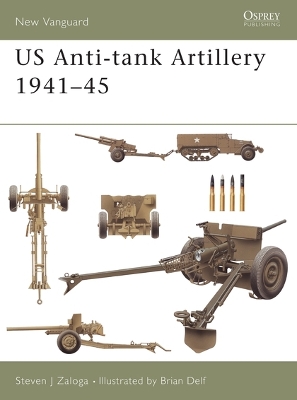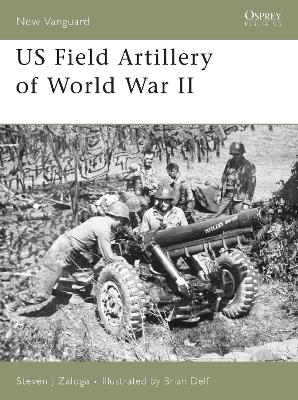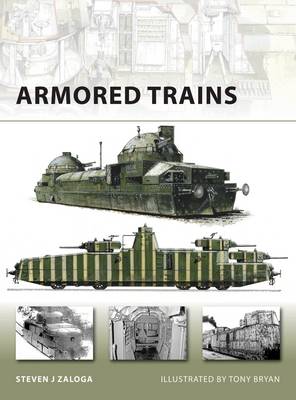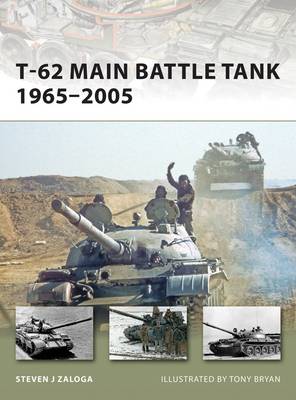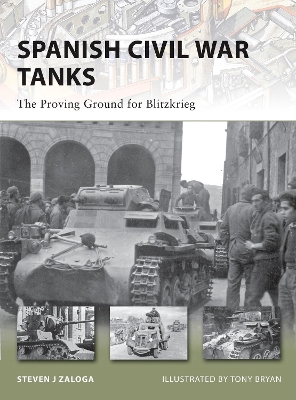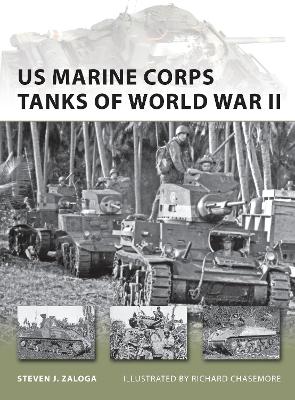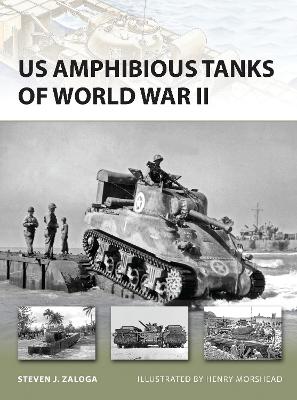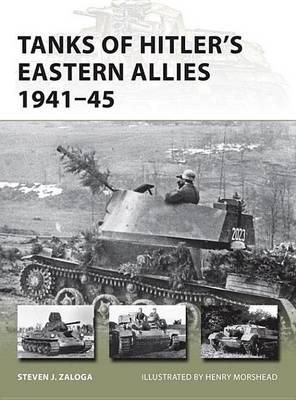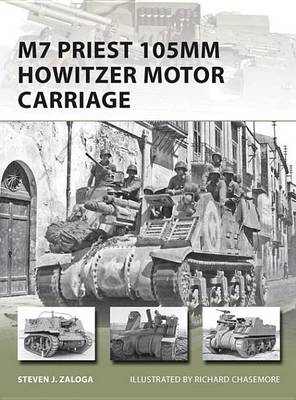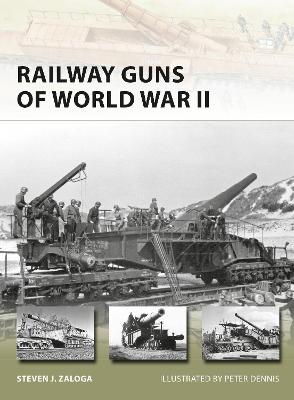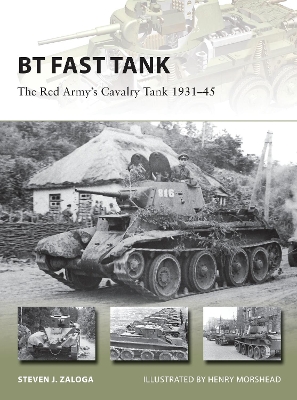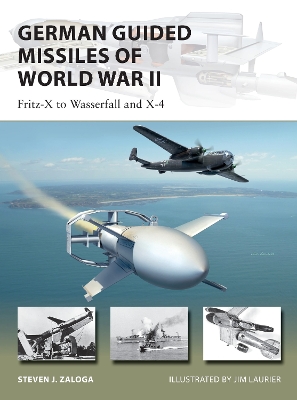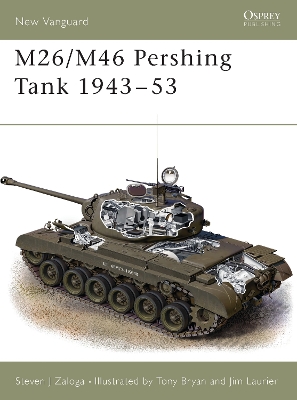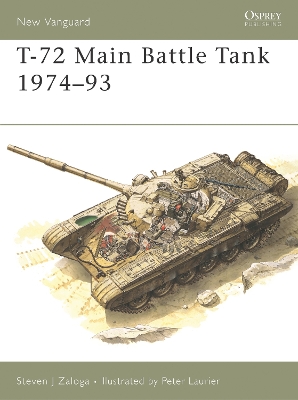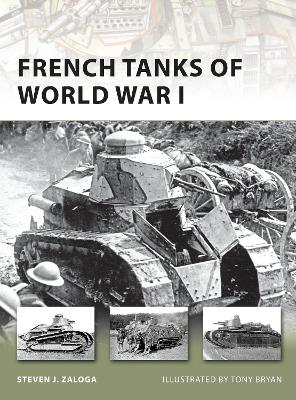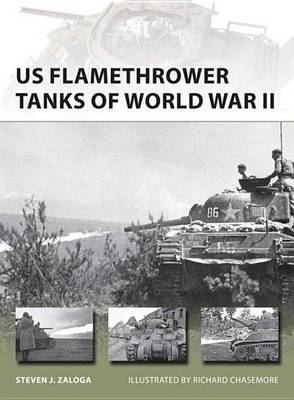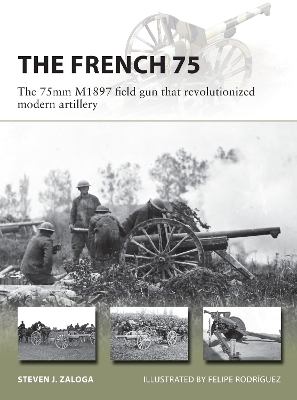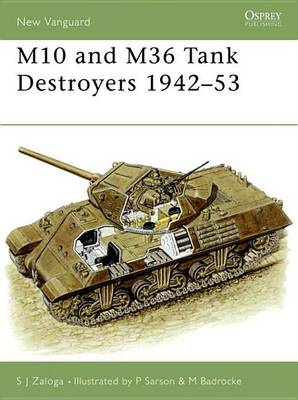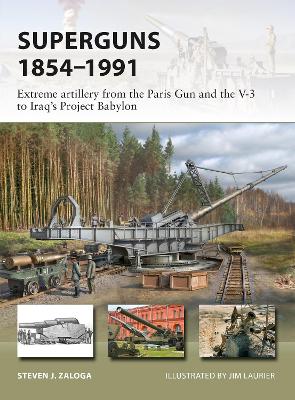New Vanguard
13 primary works • 50 total works
Book 107
Book 131
Book 140
Book 158
Book 170
Book 186
Book 192
Book 199
Book 201
Book 215
Book 231
This book provides an overview of the types of railway guns in service during World War II, with a special focus on the German railway artillery used in France, Italy and on the Eastern Front, and analyzes why railway guns largely disappeared from use following the end of the war.
Book 237
One of the most common types in Red Army service in the first years of the Second World War, BT tanks saw extensive combat in Poland, Finland, and the opening phases of Operation Barbarossa in 1941 and latterly during the 1945 campaign against the Japanese in Manchuria - this is the story of their design and development history.
Book 276
Besides the anti-ship missiles, the other major category of German missiles were the air-defence missiles. Germany suffered extremely heavy losses from Allied strategic bombing attacks, and German fighter and flak defences proved increasingly unsuccessful. As a result, the Luftwaffe began an extensive programme to deploy several families of new air defence missiles to counter the bomber threat, including the Wasserfall, Schmetterling, and others. This book traces the origins of these missile programmes and examines their development and use in combat. With full-colour illustrations and detailed explorations of the stories behind the missiles, this study offers a comprehensive overview of German guided missiles in the World War II era.
The 75mm M1897 earned its reputation in the Great War, forming the backbone of French field artillery. It was widely distributed to Allied armies, including the American Expeditionary Forces and was also widely exported after World War I around the globe. It was manufactured under licence in numerous countries, including the United States, which used the gun in its initial Pacific campaigns. Due to its modernity and sound design, the 75mm remained in service well into World War II. It was used by the French, Polish and other armies in the Blitzkrieg campaigns of 1939-1940 and thousands were captured by the German Army in 1940 and used for coastal defence. Surprisingly, many were also converted into a very effective anti-tank gun, the PaK 97/38. These weapons lingered in service after World War II, though by this time, they were largely obsolete.
This fascinating book explores the history of the 75mm Modele 1897 in detail, from its design and development to its deployment around the world. The text is supported by stunning, specially commissioned artwork including three-dimensional views of the gun and its variants.
Taking a case study approach, Superguns explains the technology and role of the finest monster weapons of each era. It looks at the 1918 "Wilhelm Gun," designed to shell Paris from behind the German trenches; the World War II "V-3" gun built to bombard London across the Channel; the Cold War atomic cannons of the US and Soviet Union; and the story of Dr Gerald Bull's HARP program and the Iraqi "Supergun" he designed for Saddam Hussein. Illustrated throughout, this is an authoritative history of the greatest and most ambitious artillery pieces of all time.
